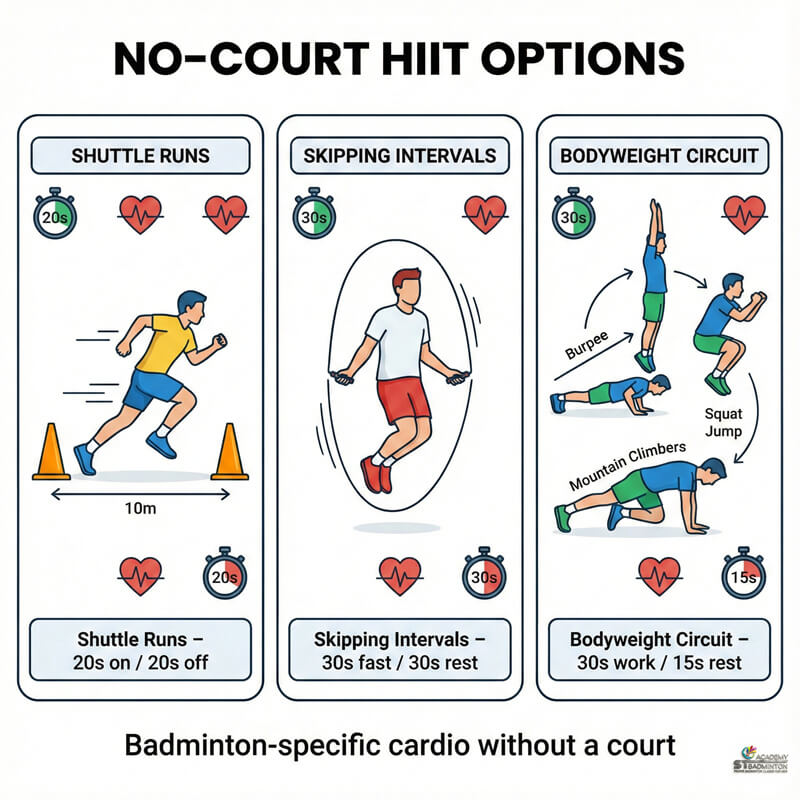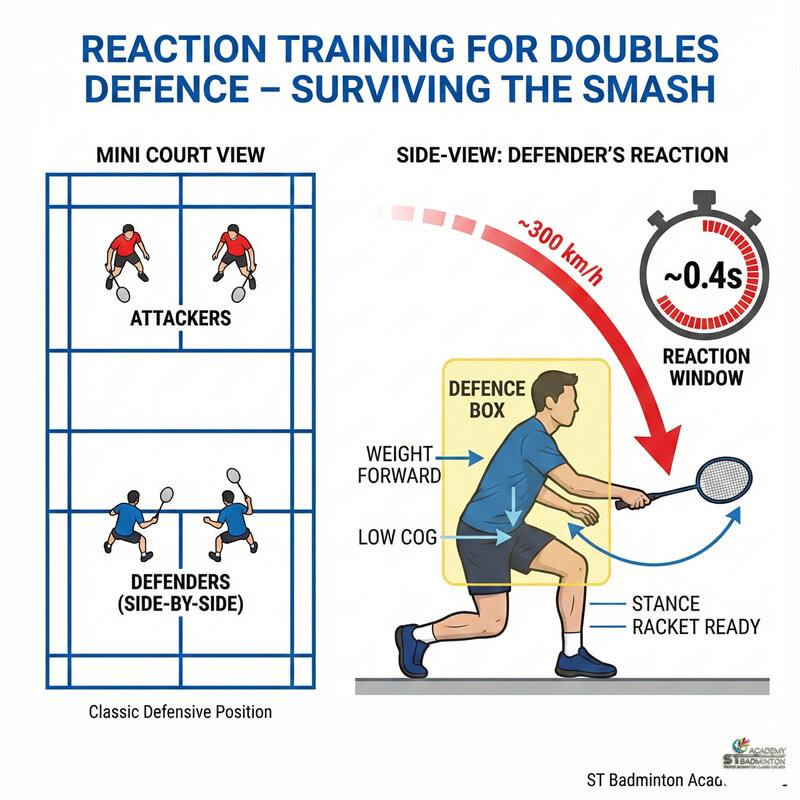Welcome to ST Badminton Academy’s badminton training in Malaysia! Starting in the early 1800s when the game was first introduced to Europe, it has undergone various transformations that have made it what we know today.
From traditional 15-point sets to modern 21-point ones, let me take you through this incredible journey!
In those days, players used to compete for the best of three games with each game being scored up to 15 points. It was rather simple – whichever team got there first would win the set. But as time went on and more people began playing badminton, these rules were modified so that matches could be even more exciting.
This is where modern badminton scoring comes into play — an intricately designed system that allows us to enjoy every moment of this exhilarating sport!
Early Beginnings Of Badminton Scoring
Badminton scoring, as it is known today, has come a long way since its inception.
It all started with the ancient Egyptians playing ‘battledore and shuttlecock’, a game that involved hitting a feathered object called a shuttlecock back and forth over an improvised net.
This early form of badminton was nothing like what we know now; there were no rules or court etiquette for players to follow, nor any particular selection process for choosing a shuttlecock.
Fast forward many centuries later, and slowly but surely some sort of structure began to emerge around badminton play – from court dimensions to point sets – in order to make the competition more strategic and entertaining.
In this section, I will explore how these developments shaped the modern-day sport of badminton as we know it today.
15-Point Sets
As a badminton scoring historian, I’m here to tell you about the evolution of point sets in badminton. Point values are used as part of a scoring system that defines how games are won and lost.
Traditionally, these were much simpler than what we see today:
| Badminton Scoring Systems Throughout History |
|---|
| Innings: This was an old form with 15 points per set before evolving into two sets with 21 points each. |
| Chu Talim: A traditional Chinese version featuring five rounds of three or four innings, with one player winning if they reached seven out of 12 possible points. |
| Decimal System: First introduced in Japan, players competed over nine rounds at 10 points each, totaling 90 points. The winner was decided when one competitor reached 45 points. |
These early forms laid the foundations for modern 21-point sets. But by no means did they remain static throughout history...
Modern 21-Point Sets
The modern 21-point set changed the game of badminton forever. It replaced the traditional 15-point sets, allowing for an overtime play if a player was able to reach 11 points first.
This new system allowed for more point allotment and made it easier for players to determine who would be victorious in any given match. It also served as a way to keep matches exciting by not just ending after one person reached 15 points; now, fans could be kept on their toes until the very end with no clear winner until someone hit that magical number of 21!
The suspense this creates has become synonymous with badminton scoring today — some even argue that it’s what makes badminton so beloved worldwide. And while singles competitions rely solely on these rules, doubles have different regulations when it comes to scoring…
Doubles Scoring Rules
When it comes to double badminton, the rules of scoring are slightly different.
To begin with, in a doubles match each team consists of two players instead of one. This means that when points are scored they can be by either member of the same team or both at once.
In some cases alternative scoring methods have been adopted such as setting up specific points for each side and awarding them accordingly. Match formats may also vary depending on which type is being played, but generally speaking these alternate forms involve additional rounds or games.
One advantage of playing doubles badminton over singles is that it allows for more strategic play between the two members of a team. By working together and understanding their own individual strengths and weaknesses, players can create an unbeatable combination to outplay opponents.
This makes doubles matches much more exciting than singles because each side must think not only about their own actions but those of their partner too!
Strategies For Winning Matches
Ah, the secrets of badminton! For centuries, players have been honing their skills and tactics in pursuit of that perfect match.
From advanced gameplay tactics to equipment selection, mastering the sport takes a unique combination of skill and finesse.
Take for example modern scoring systems. They’re designed with one purpose: to provide an advantage to those who can use them best. However, it requires more than just understanding the technical rules; you need to be able to think on your feet and apply strategic moves quickly and accurately.
A successful player needs a good grasp of all aspects of the game as well as excellent reflexes – making sure they select the right racket or shuttlecock isn’t enough if they don’t know how to score points from it! Other than choosing a good racket and also remember to choose the best racket restring in Malaysia.
Frequently Asked Questions

What Is The Difference Between The Traditional And Modern Badminton Scoring Systems?
I’m a badminton scoring historian, and I’d love to tell you about the difference between traditional and modern badminton scoring systems.
In the past, the serving technique was extremely important in order to be successful; however, with modern advancements such as shuttlecock spin, this has changed.
With these newer techniques players are able to hit the shuttlecock harder than before while also changing its flight path, making it more difficult for their opponents to counterattack.
Consequently, if a player can master these new techniques they have an advantage over those who haven’t adjusted yet.
As a result of all this, modern badminton scoring is much faster paced and thrilling than ever before!
Is There A Time Limit For A Badminton Match?
Do you ever wonder if there’s a time limit for badminton matches? Well, I’m here to tell ya – yes, there is!
When executing shots and planning strategies, it’s important to keep an eye on the clock.
In traditional scoring systems, a match was usually played until one player reached 21 or 15 points with a two point advantage.
Modern rules require the winning side to have at least a two-point lead over their opponents in order for them to win the game – but this must be achieved within 30 minutes of playtime.
So get out there and enjoy your games; just remember that when the timer runs out, so does your match!
How Many Players Are Required For A Doubles Match?
Did you know that a doubles match in badminton requires 4 players?
This is an important fact to keep in mind when considering the rules and scoring strategies of this exciting sport.
As a badminton scoring historian, I must say it’s quite interesting how far we’ve come in terms of game play since traditional times.
Today, there are so many options for teams looking to take their skills to the next level – from 2v2 matches, to 3v1 games, and even 4-player tournaments!
So dust off your rackets and get ready for some serious competition with your friends!
What Are Some Common Techniques Used To Win A Badminton Match?
As a badminton scoring historian, I know that winning a match requires more than just skill and physical prowess. It also takes strategy building and mental toughness to outwit your opponents.
Some common techniques used to win a badminton match include:
- mastering the art of deception through short serves and drop shots
- playing strategically by mixing speeds and angles
- anticipating returns before they happen
- developing a consistent base line drive rally game
- having the ability to stay calm under pressure.
All these factors combined will help players win their games!
Are Badminton Scoring Rules The Same For Every Level Of Play?
Are badminton scoring rules the same for every level of play? The answer is no – they vary depending on court setup, points calculation, and other factors.
I can tell you that there’s a huge difference between traditional and modern systems. Traditional scoring was based more on intuition while newer systems are much more calculated in terms of points calculation and court dimension setups.
This means that players must adjust their techniques according to different levels of play, as these systems influence how successful one will be at winning a match!
Badminton Scoring in Malaysia
Badminton scoring has come a long way since it was first invented. It is remarkable to think of the transition from traditional, manual scoring methods to modern systems that keep track of points in an instant.
The evolution of badminton scoring symbolizes how far we have come as a society when it comes to sportsmanship and technology.
As badminton players, let us appreciate this progress by taking part in matches with respect for all competitors and a love for the game.
Let us take pride in our skills and celebrate each victory with grace, knowing that those who came before us worked hard so scores could be accurately recorded and kept track of throughout time.





